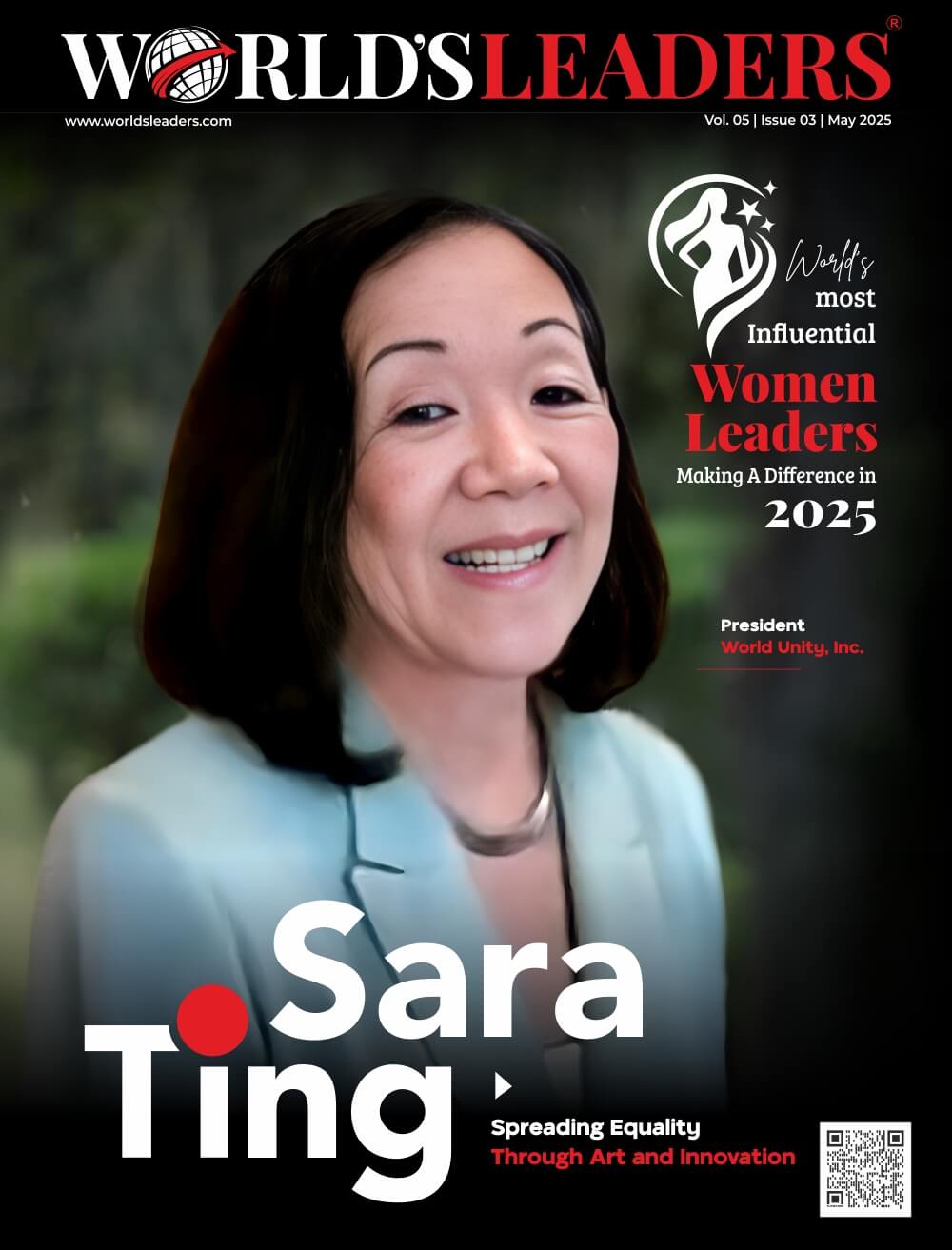In today’s interconnected world, diversity and inclusion (D&I) have become critical components of successful enterprises. Beyond simply being the right thing to do, fostering diversity and inclusion in the workplace has tangible benefits for businesses, including increased innovation, better decision-making, and improved employee satisfaction and retention. In this article, we’ll explore what it means to cultivate diversity and inclusion and how organizations can build a culture where everyone feels a sense of belonging.
By actively promoting diversity and inclusion, organizations can create a more dynamic and creative work environment that reflects the diverse perspectives of their employees. Embracing different backgrounds, experiences, and ideas can lead to a more collaborative and productive workforce.
Understanding Diversity and Inclusion
Diversity encompasses the myriad of differences among individuals, including but not limited to race, ethnicity, gender, sexual orientation, age, disability, religion, and socioeconomic background. Inclusion, on the other hand, is about creating an environment where everyone feels valued, respected, and empowered to contribute their unique perspectives and talents. While diversity focuses on representation, inclusion is about leveraging those differences to drive organizational success.
By fostering a culture of diversity and inclusion, organizations can attract top talent, improve employee morale, and enhance innovation. Embracing diversity and inclusion can also lead to better decision-making and problem-solving within teams.
The Benefits of Diversity and Inclusion
Research has consistently shown that diverse teams outperform homogeneous ones. By bringing together people with different backgrounds, experiences, and viewpoints, organizations can tap into a wider range of ideas and insights, leading to more creative problem-solving and innovation. Moreover, inclusive cultures foster a sense of psychological safety, where employees feel comfortable taking risks, speaking up, and challenging the status quo. This not only leads to better decision-making but also improves employee engagement and morale.
In addition, diversity and inclusion can also improve a company’s reputation and attract top talent. Companies that prioritize diversity and inclusion are seen as more progressive and forward-thinking, which can help attract a diverse pool of candidates who value inclusivity in the workplace.
Building a Culture of Belonging
Creating a truly inclusive culture requires more than just hiring a diverse workforce. It requires intentional effort and commitment from leaders at all levels of the organization. Here are some key strategies for building a culture of belonging:
- Leadership Commitment: Diversity and inclusion efforts must start at the top. Leaders need to demonstrate a genuine commitment to D&I through their words and actions, allocating resources, setting goals, and holding themselves and others accountable for progress.
- Education and Training: Providing diversity and inclusion training for employees at all levels can help raise awareness of unconscious biases, promote empathy and understanding, and equip employees with the skills they need to foster inclusion in their day-to-day interactions.
- Diverse Representation: Actively recruit and promote individuals from underrepresented groups to ensure diverse representation at all levels of the organization. This includes implementing equitable hiring and promotion practices and creating opportunities for mentorship and leadership development for marginalized employees.
- Inclusive Policies and Practices: Review and revise existing policies and practices to ensure they are inclusive and equitable. This may include flexible work arrangements, accommodations for individuals with disabilities, and inclusive language in communication and documentation.
- Employee Resource Groups: Establishing employee resource groups (ERGs) for various affinity groups can provide a sense of community and support for employees from underrepresented backgrounds. ERGs also serve as valuable resources for organizations seeking input and feedback on D&I initiatives.
- Regular Feedback and Evaluation: Solicit feedback from employees on the organization’s D&I efforts through surveys, focus groups, and one-on-one conversations. Use this feedback to identify areas for improvement and track progress over time. This ongoing evaluation process ensures that D&I initiatives are effective and responsive to the needs of all employees. Additionally, sharing the results of these evaluations transparently can help build trust and accountability within the organization.
Case Studies: Real-Life Examples
Let’s look at a couple of real-life examples of organizations that have successfully cultivated diversity and inclusion:
- Company A: Company A, a tech startup, made diversity and inclusion a top priority from day one. The CEO, a vocal advocate for D&I, established inclusive hiring practices, implemented unconscious bias training for all employees, and created a supportive work environment where everyone feels valued and respected. As a result, Company A has been able to attract top talent from diverse backgrounds and foster a culture of innovation and collaboration.
- Company B: Company B, a multinational corporation, recognized the need to improve diversity and inclusion within its workforce. The CEO formed a D&I task force comprised of employees from different departments and levels of the organization to develop and implement a comprehensive D&I strategy. This included revising hiring practices to reduce bias, providing diversity training for managers, and establishing ERGs for employees from underrepresented groups. As a result of these efforts, Company B has seen improvements in employee satisfaction, retention, and innovation.
Conclusion
Cultivating diversity and inclusion is not just a moral imperative, but a business imperative. By building a culture where everyone feels valued, respected, and included, organizations can unlock the full potential of their employees and drive better business outcomes. By embracing diversity and fostering inclusion, organizations can create a culture of belonging where everyone can thrive. Ultimately, prioritizing diversity and inclusion can lead to a more engaged and productive workforce, as employees from diverse backgrounds bring unique perspectives and ideas to the table. This can ultimately drive innovation and success for the organization as a whole.
Author’s name: Kumar Singirikonda
Author’s bio: Kumar Singirikonda is the Director of DevOps Engineering at Toyota North America. With expertise in DevOps, Data & Analytics, Cloud engineering, and Edge compute engineering, he spearheads the implementation of cutting-edge automation solutions, revolutionizing operational landscapes. Kumar’s accolades include the Inspirational DevOps Leadership Team Award and Quality Excellence Award. He’s authored several publications, including “DevOps Automation Cookbook,” a guide with over 100 automation recipes. Kumar serves on the advisory board of The University of Texas at Austin’s McCombs School of Business and the Global editorial board of CDO Magazine. Additionally, he’s a member of the Harvard Business Review’s advisory council. Beyond his professional endeavors, Kumar is a Board Director for Gift of Adoption Funds, facilitating adoptions for vulnerable children. Based in Irving, Texas, Kumar is committed to excellence, empowerment, and community contribution, mentoring aspiring professionals and dedicating time to family life.
Job title: Director of DevOps Engineering
Company: Toyota North America
Email address: Kumar.singirikonda@gmail.com
Social media handles: https://www.linkedin.com/in/kumarsingirikonda/





